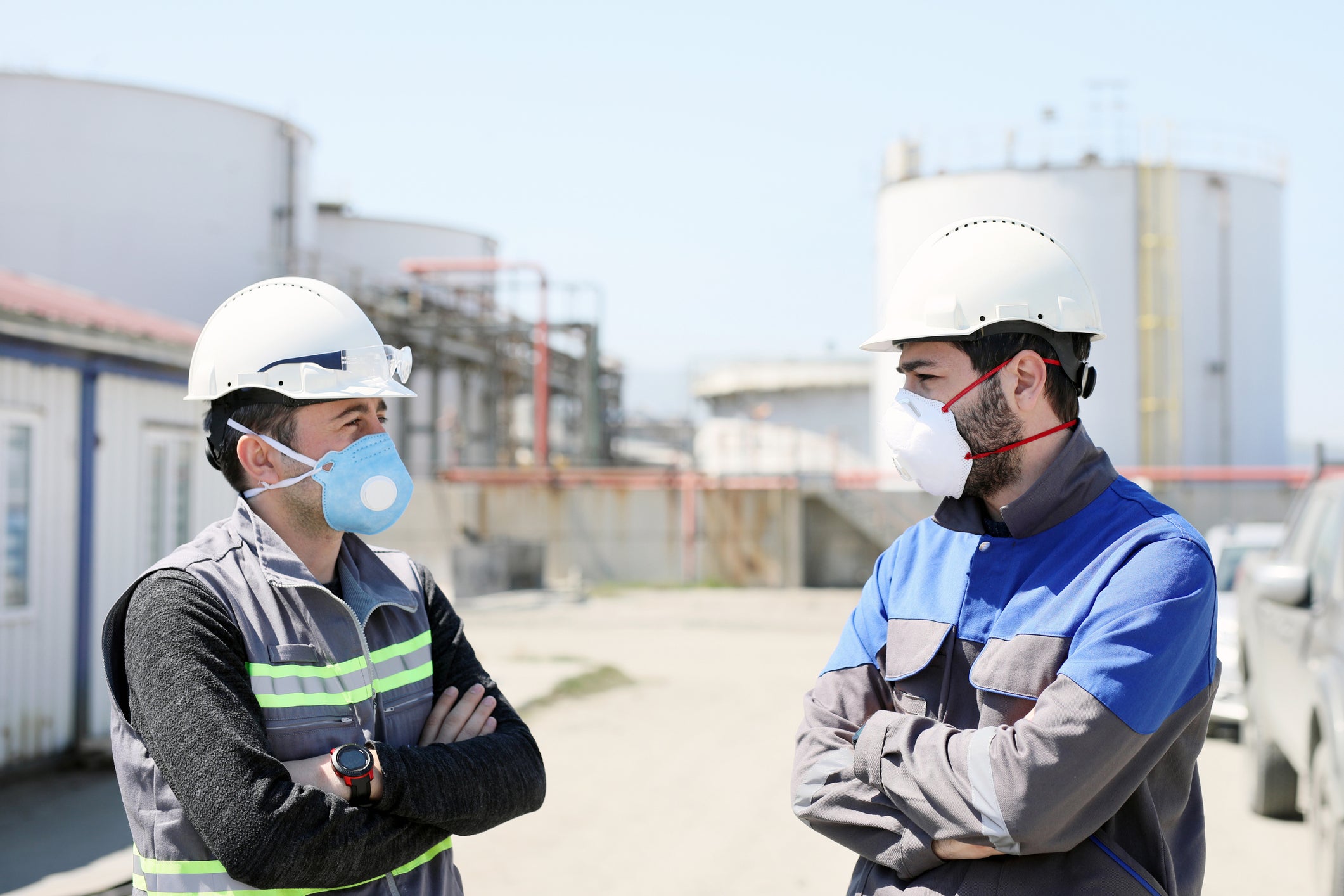The OSHA Respiratory Protection Standard, found in 29 CFR 1910.134, is a set of regulations established by the Occupational Safety and Health Administration (OSHA) in the United States. This standard outlines the requirements for employers to develop and implement respiratory protection programs to safeguard workers from inhaling harmful airborne contaminants in the workplace. The primary focus is on ensuring the proper selection, use, and maintenance of respiratory protection equipment.
Key components of the OSHA Respiratory Protection Standard (29 CFR 1910.134) include:
1. Respirator Selection:
- Employers must assess the workplace to identify and evaluate respiratory hazards. Based on this assessment, they are required to select the appropriate type of respirator that provides the necessary level of protection.
2. Medical Evaluation:
- Before employees use respirators, they must undergo a medical evaluation to determine their ability to wear a respirator without adverse health effects. This ensures that individuals are physically capable of using respiratory protection.
3. Fit Testing:
- Fit testing is a critical component to ensure that respirators fit each employee properly, creating an effective seal. Fit testing must be conducted initially and repeated periodically to account for changes in facial features or respirator model.
4. Training and Information:
- Employers are required to provide comprehensive training to employees on the proper use, limitations, and maintenance of respirators. This includes understanding the potential hazards and the importance of a good fit.
5. Written Respiratory Protection Program:
- Employers must develop and implement a written respiratory protection program that includes the selection of respirators, medical evaluations, fit testing procedures, training, and regular program evaluations.
6. Use Limitations:
- The standard sets limitations on the use of respirators, and employers must ensure that employees understand when respirators are necessary and how to use them properly.
7. Maintenance and Care:
- Employers are responsible for ensuring that respirators are properly maintained and cared for. This includes regular cleaning, inspection, and replacement of components as needed.
8. Recordkeeping:
- Employers are required to maintain records of medical evaluations, fit testing, and other elements of the respiratory protection program. These records help demonstrate compliance and aid in program evaluation.
9. Voluntary Use of Respirators:
- The standard also addresses situations where employees may choose to use respirators voluntarily. Even in such cases, employers must ensure that the use is not a substitute for required respiratory protection.
10. Program Evaluation:
- Compliance with the OSHA Respiratory Protection Standard is crucial for protecting workers from respiratory hazards in various industries and workplaces. Employers and employees alike must be familiar with the specific requirements outlined in 29 CFR 1910.134 to ensure a safe and healthy working environment.

